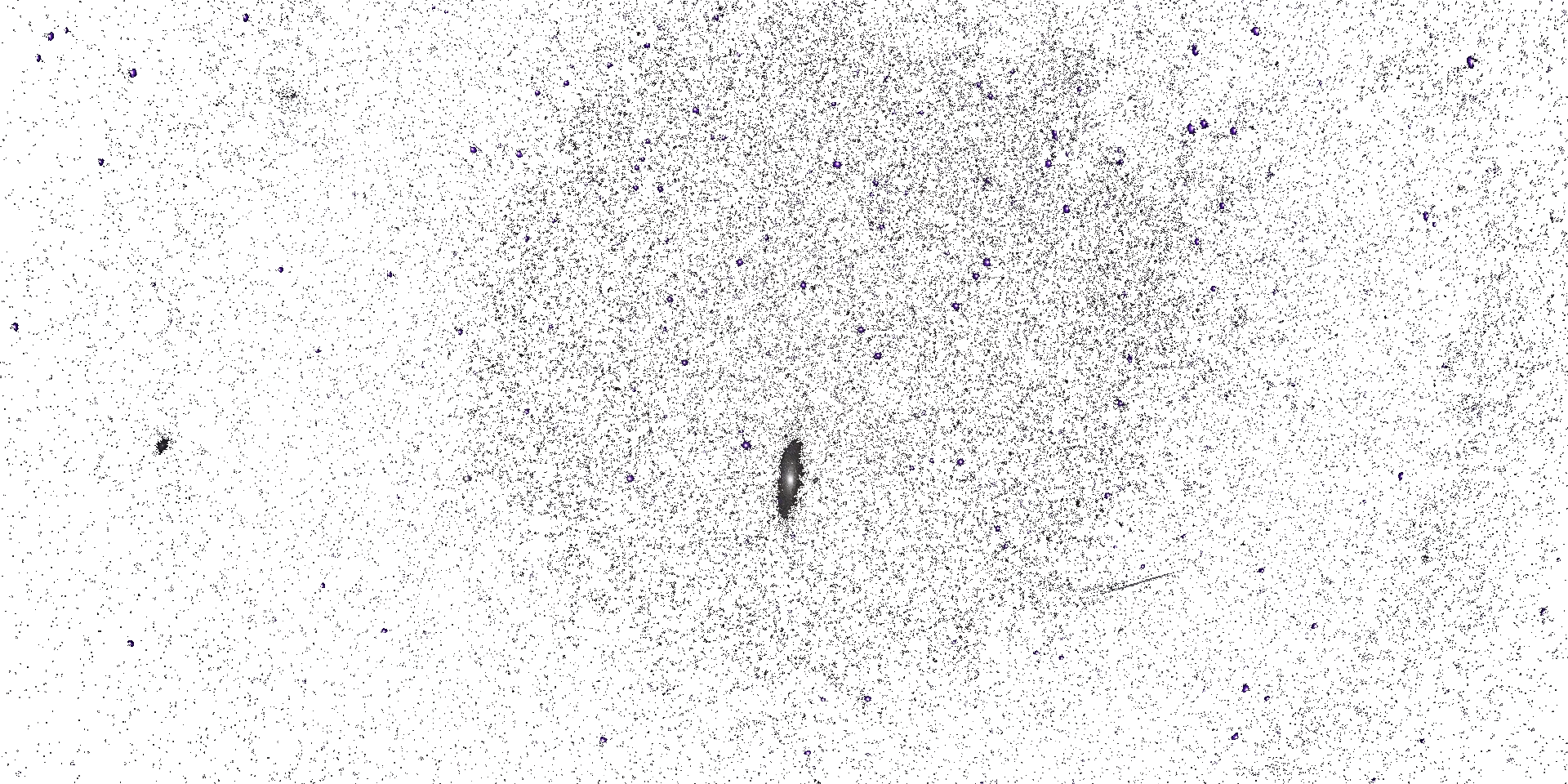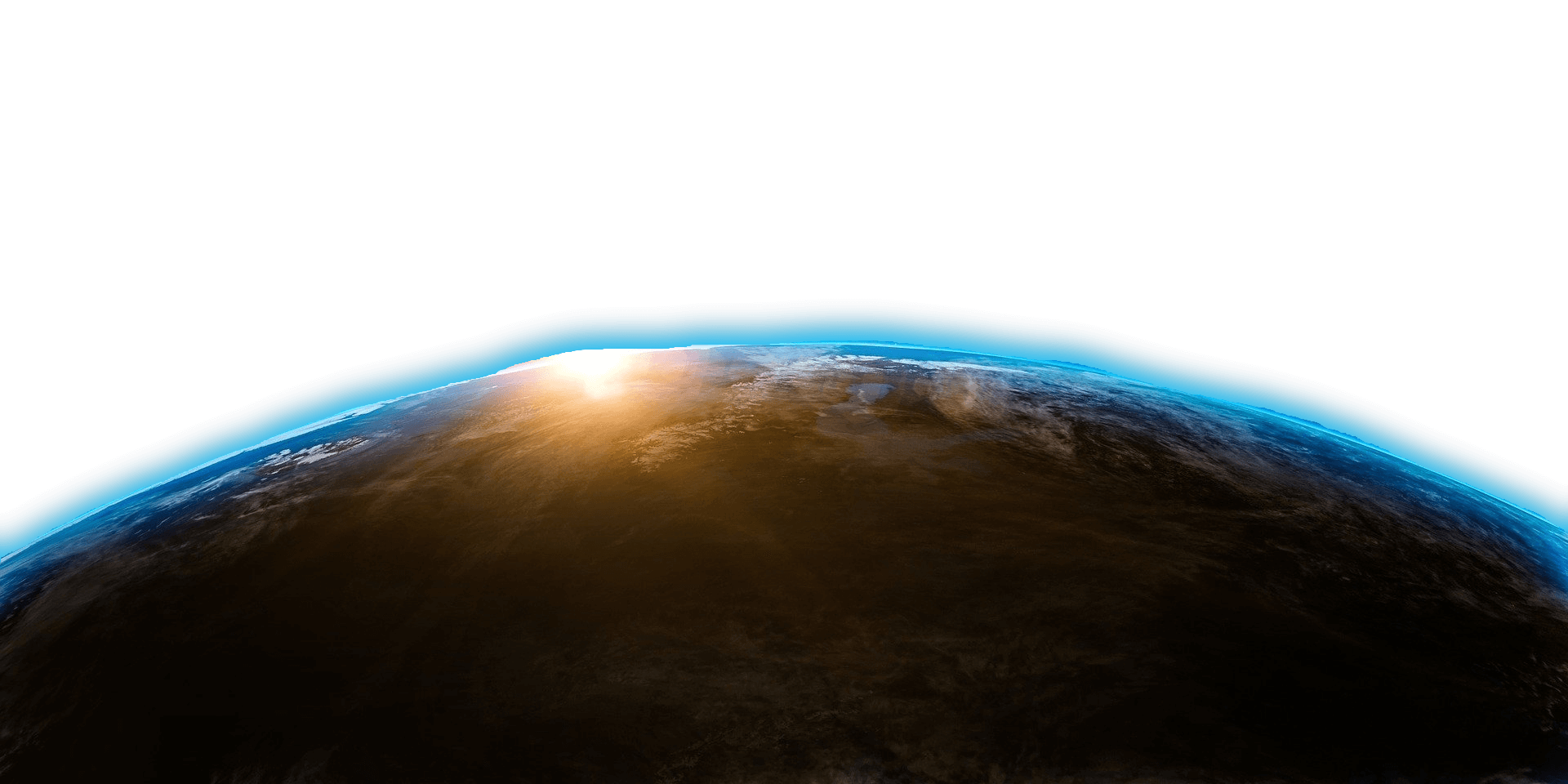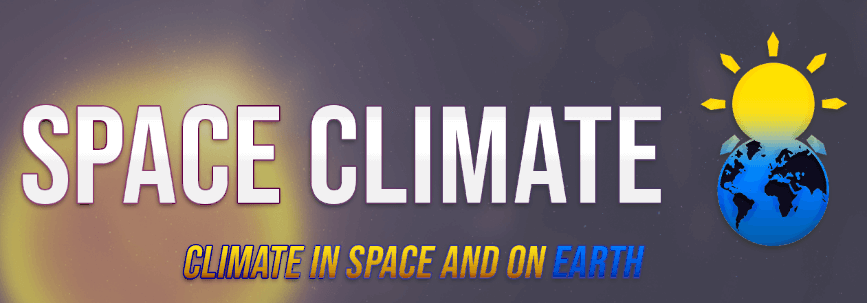




Space Climate 8 Meeting Abstract
Space-Weather Ground-Based Radio Observations in the Context of the Heliosphere-Earth system
Mario M. Bisi (UKRI STFC RAL Space, UK)
Richard A. Fallows (ASTRON, NL), Biagio Forte (University of Bath, UK), Bernard V. Jackson (CASS-UCSD, USA), Dusan Odstrcil (GMU/NASA, USA) Steve Milan (University of Leicester, UK), David Jackson (Met Office, UK), and the LOFAR4SW Team
Modern technologies, communications, transport, power systems, and satellites in low-Earth orbit are strongly affected by the “space weather” environment in which the Earth sits. Forecasting such adverse conditions is crucial to protecting these key infrastructures from potential damage as a result of space-weather impacts. A key avenue to improving the forecasting is more data and a better understanding of the Heliosphere-Earth system, and these can be achieved by exploiting novel ground-based radio observations to track inner-heliospheric plasma structures as they approach Earth and to try to investigate the impacts at and on Earth by also monitoring the Earth's ionosphere.
The tracking of plasma structures across the inner-heliosphere is possible on a campaign basis by using instruments such as the LOw Frequency ARray (LOFAR - the world’s largest low-frequency radio-telescope) via observations of the scintillation of radio waves propagating through these plasma structures - in the heliosphere, this is known as interplanetary scintillation (IPS). LOFAR is also capable of detecting ionospheric scintillation as well as undertaking other scientific investigations of the ionosphere.
Here, we will summarise some of the LOFAR observing capabilities in the context of the completed LOFAR For Space Weather (LOFAR4SW) project (funded under the Horizon 2020 Programme H2020 INFRADEV-2017-1 under grant agreement 777442) highlighting the heliosphere-Earth connection capabilities and, where possible, explore a potential new project idea aiming to investigate how LOFAR can be utilised for advanced forecasts of space-weather conditions and impact, via a new understanding of the Earth’s magnetosphere-ionosphere space-environment.
